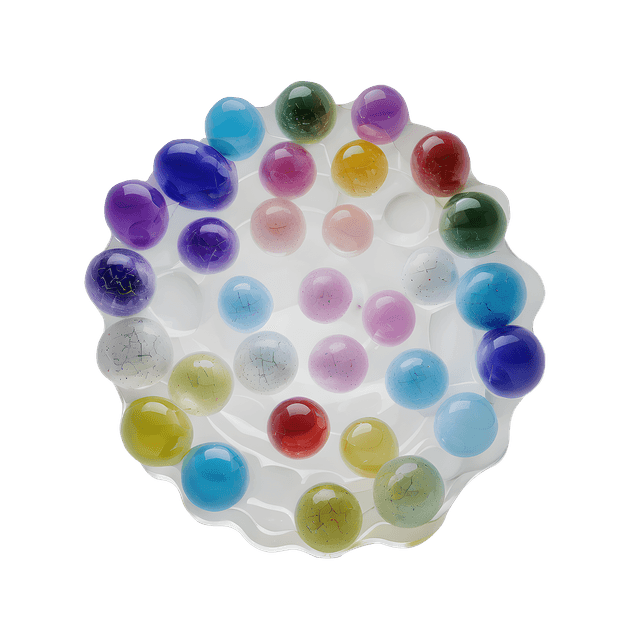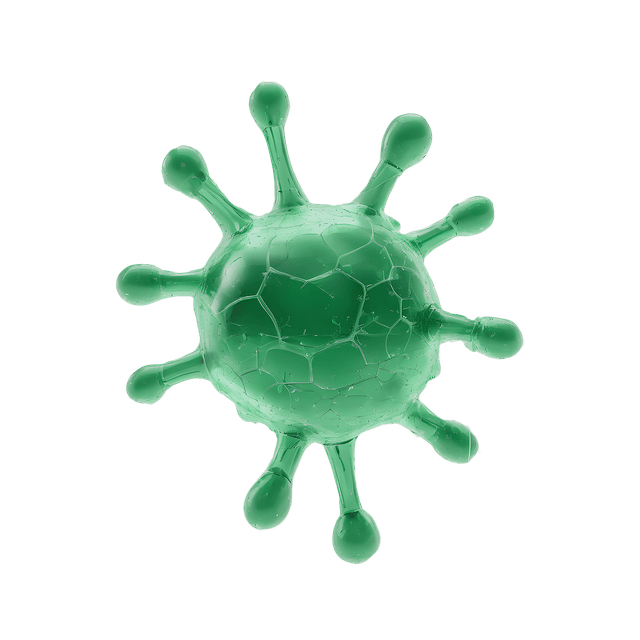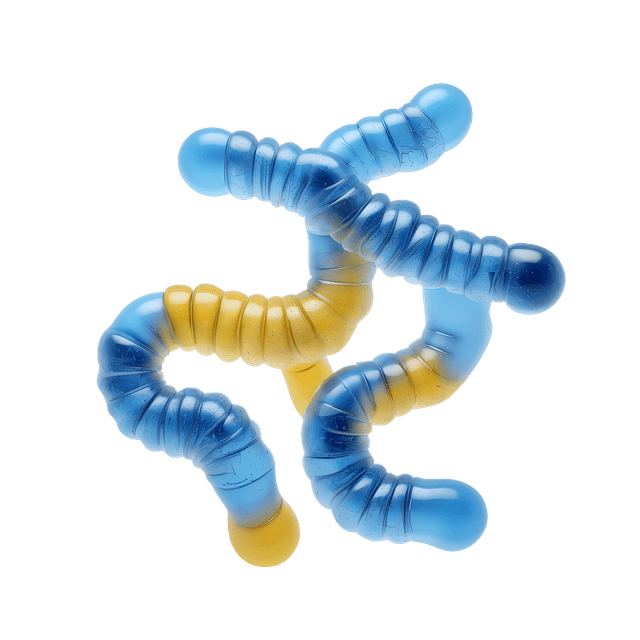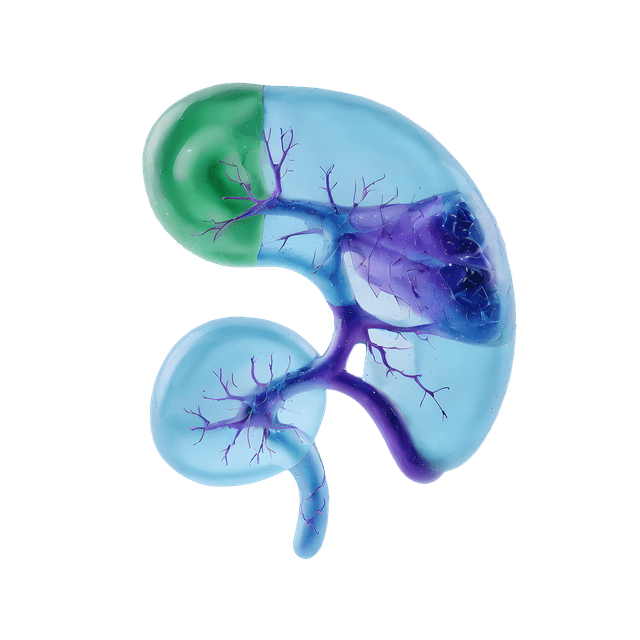What is a food allergy?
A food allergy is a hypersensitivity to certain proteins in food, which causes an immune reaction in the body. A food intolerance is a difficulty in absorbing or processing certain substances in food, usually lactose or gluten.
About food allergy
A food allergy, or food allergy, is a hypersensitivity to certain proteins in food, which causes an immune reaction in the body. When the body is exposed to the allergen, it attacks its own immune system and produces antibodies, such as IgE antibodies, to defend itself against it.
This can lead to a range of symptoms which can be serious and include rash, swelling, difficulty breathing, itchy throat, shortness of breath, vomiting, stomach pain and, in the worst case, anaphylactic shock.
Food allergies are more common in children than adults and can be life-threatening. It is important to identify the food allergy and avoid that food to avoid serious reactions.
Symptoms of food allergy
Here is a list of common food allergy symptoms:
- rash or itching in the mouth, throat or face
- swelling of the lips, tongue, face or throat
- breathing difficulties or shortness of breath
- hives or itching
- stomach upset, vomiting or diarrhoea
- headache or dizziness
- asthma or breathing problems
- anaphylactic shock (a serious and potentially life-threatening reaction).
It is important to note that the symptoms can vary from person to person and can also vary in severity. Hypersensitivity reactions to food can be difficult to predict and can occur after the first time you eat the food.
About food intolerance
A food intolerance is a difficulty absorbing or processing certain substances in food, which can lead to symptoms such as stomach upset, gas, diarrhea, headache, fatigue and exhaustion. Food intolerances are not related to the immune system and are therefore not dangerous or life-threatening. A common type of food intolerance is lactose intolerance, which is the difficulty in breaking down lactose, a sugar found in milk and milk products. Another type of food intolerance is gluten intolerance, known as celiac disease, where people cannot absorb gluten, a protein found in wheat, rye and barley. People with food intolerances can avoid the foods that cause the problem and still have a normal quality of life.
Symptoms of food intolerance
Here is a list of common food intolerance symptoms:
It is important to note that the symptoms can vary from person to person and can also vary in severity. Food intolerances can also be confused with other conditions such as IBS or celiac disease. A doctor or dietitian can help determine if the symptoms are related to a food intolerance and help identify the type of food that is causing the problem.
3 Differences between food allergy and food intolerance
1. Food allergy and food intolerance are both reactions to food or foodstuffs, but are different in how they express themselves.
2. A food allergy is a hypersensitivity to certain proteins in food, which causes an immune reaction in the body, while a food intolerance is a difficulty absorbing or processing certain substances in food.
3. Food allergies are more often serious and can be life-threatening, while food intolerances are usually less serious and not life-threatening. It is important to identify the food allergy and avoid that food to avoid serious reactions.

























